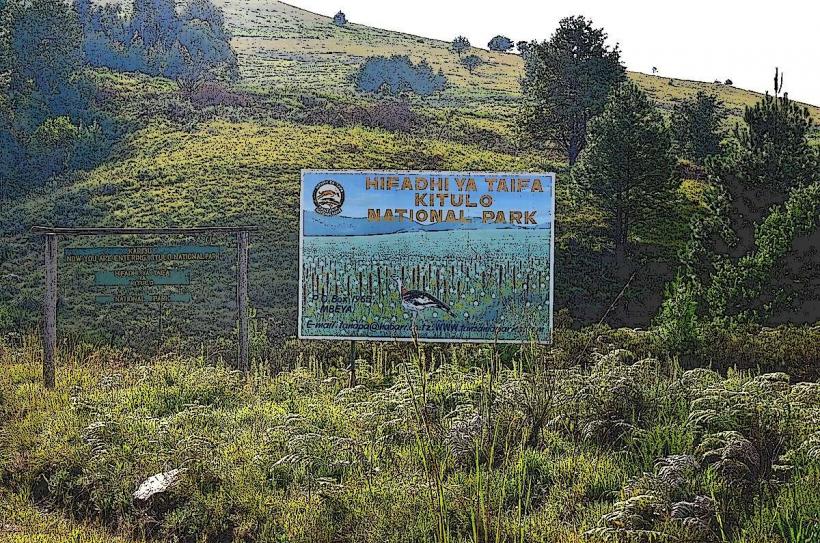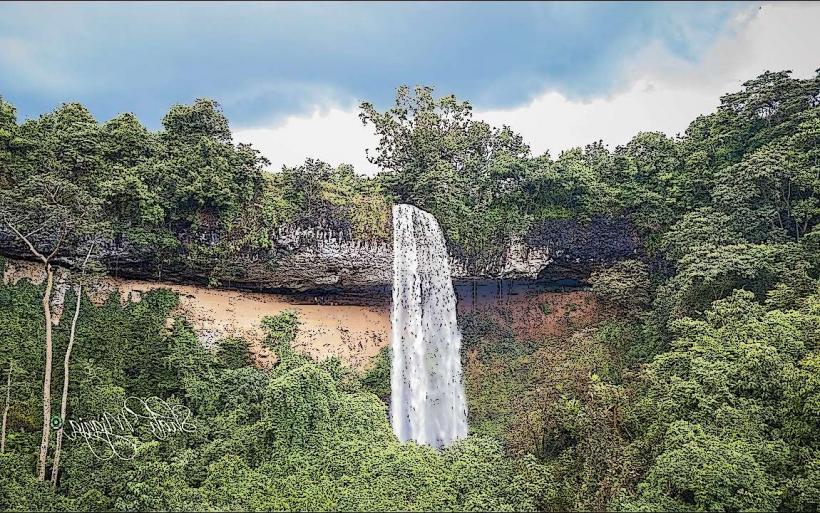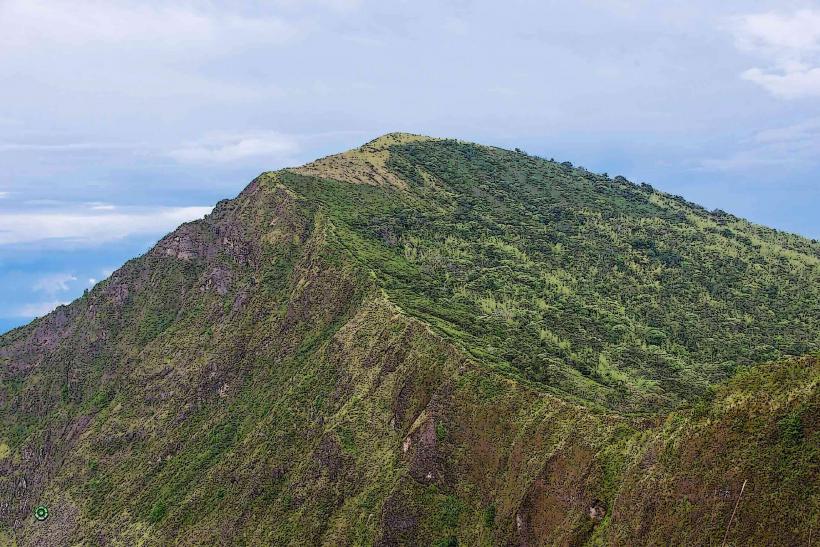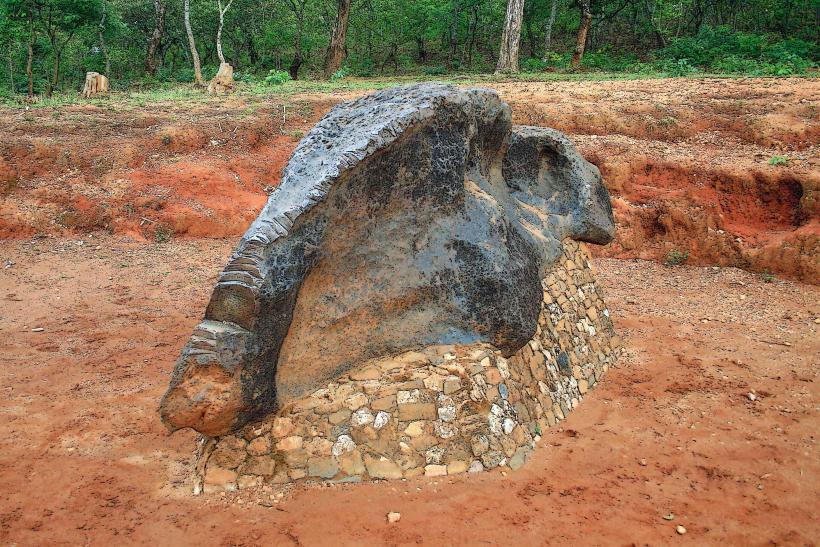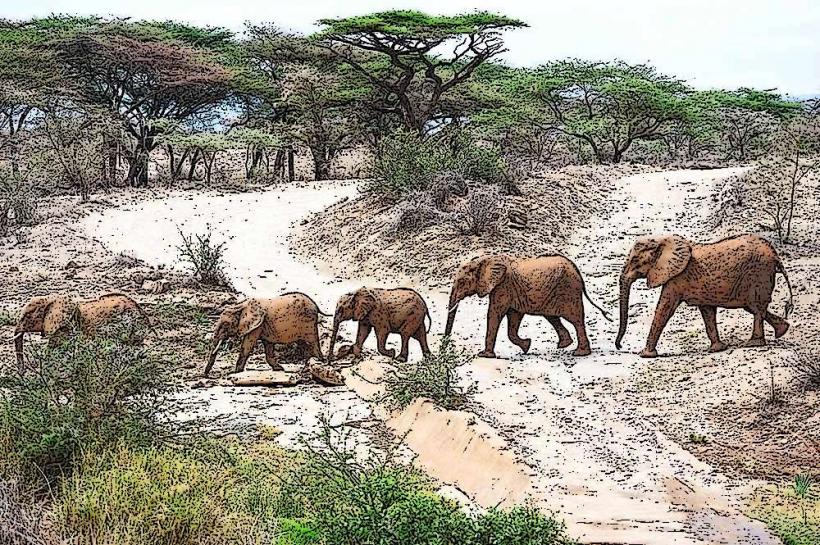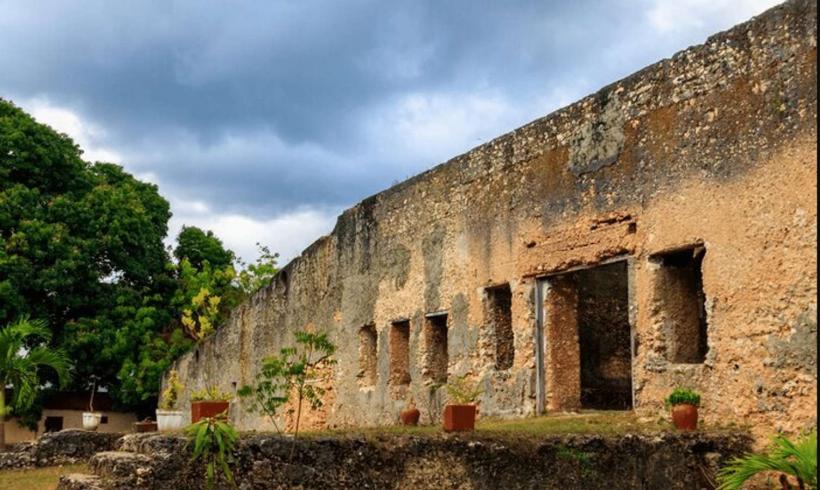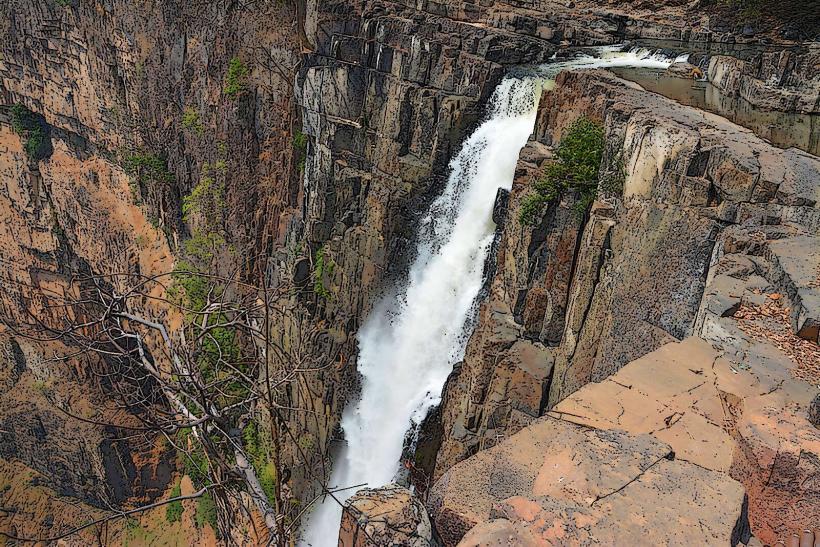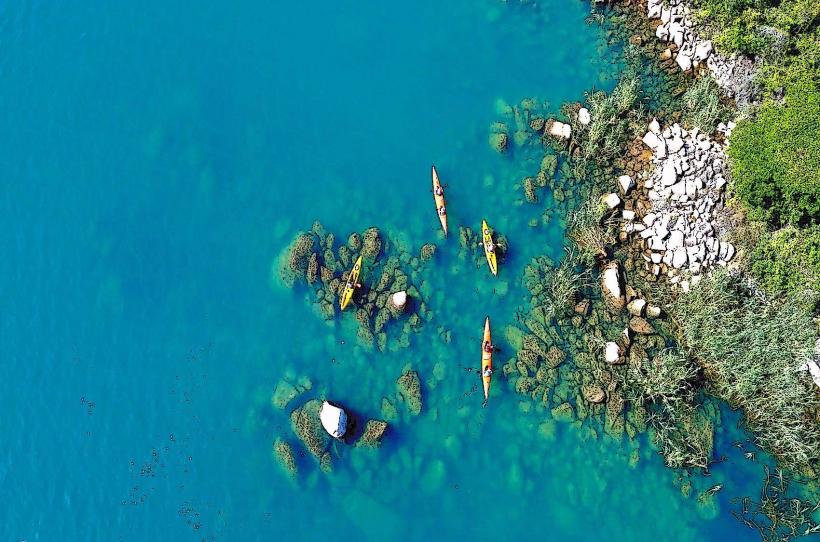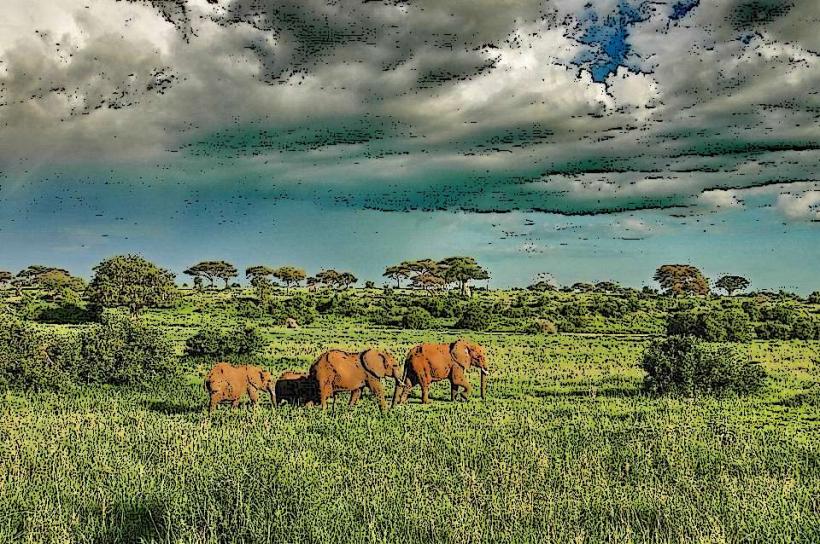Information
Landmark: Lake TanganyikaCity: Mbeya
Country: Tanzania
Continent: Africa
Lake Tanganyika: The World’s Longest Freshwater Lake
Introduction
Lake Tanganyika is one of the largest, deepest, and oldest lakes in the world. It stretches across four countries—Tanzania, Democratic Republic of the Congo (DRC), Burundi, and Zambia—with Tanzania and DRC sharing the largest portions. The lake is renowned for its exceptional biodiversity, crystal-clear waters, and economic significance.
Key Facts About Lake Tanganyika
- Size: Covers 32,900 km² (12,700 mi²), making it the second-largest freshwater lake by volume after Lake Baikal.
- Length: Stretches 673 km (418 mi), making it the longest freshwater lake in the world.
- Depth: Reaches 1,470 meters (4,823 feet), making it the second-deepest lake in the world after Lake Baikal.
- Age: Estimated to be 9–12 million years old, one of the world's oldest lakes.
- Outflow: The Congo River drains the lake into the Atlantic Ocean.
Geographical and Hydrological Importance
- Tectonic Origin: The lake was formed by the East African Rift Valley, which continues to shape its landscape.
- Clear Waters: Due to its great depth and slow water turnover, it has clear, blue waters with visibility reaching up to 20 meters (66 feet).
- Climate Influence: The lake plays a crucial role in regulating the local climate, providing moisture and moderating temperatures.
Biodiversity: A Unique Ecosystem
Lake Tanganyika hosts over 2,000 species, with approximately 600 fish species, many of which are endemic (found nowhere else).
1. Fish Diversity
- Cichlids: The lake is home to over 250 species of colorful cichlids, including Tropheus and Frontosa, which are popular in aquariums.
- Tanganyika Sardines (Kapenta): These small fish are a key part of the local fishing industry.
- Predatory Fish: Nile perch and catfish species thrive in deeper waters.
2. Other Wildlife
- Crocodiles and Hippos: Found along the shoreline, especially in wetlands.
- Snakes and Turtles: Unique reptile species adapted to the lake’s environment.
- Birdlife: The lake attracts diverse bird species, including kingfishers, fish eagles, and herons.
Economic and Social Significance
- Fishing Industry
- Supports millions of people in Tanzania, DRC, Zambia, and Burundi.
- Major species harvested include sardines (Kapenta), tilapia, and catfish.
- Transport and Trade
- The lake serves as a key transportation route between inland regions and coastal markets.
- Major Ports: Kigoma (Tanzania), Kalemie (DRC), and Mpulungu (Zambia).
- Tourism and Recreation
- Offers snorkeling, diving, sport fishing, and boat tours.
- Popular destinations include Gombe Stream and Mahale Mountains National Parks, famous for chimpanzee trekking.
Major Attractions Around Lake Tanganyika
- Kigoma (Tanzania) – A major port city with a vibrant fishing industry.
- Gombe Stream National Park – Known for Jane Goodall’s chimpanzee research.
- Mahale Mountains National Park – Home to wild chimpanzees and breathtaking mountain scenery.
- Kalemie (DRC) – A key Congolese port with access to pristine beaches.
Environmental Concerns and Conservation
- Overfishing threatens local fish populations.
- Climate change affects water levels and biodiversity.
- Pollution from human settlements and industries is a growing issue.
- Conservation efforts include the protection of national parks, sustainable fishing practices, and environmental awareness programs.
Why Visit Lake Tanganyika?
- One of the clearest and deepest lakes in the world.
- Incredible biodiversity, including unique fish species and wildlife.
- Unspoiled natural beauty, with mountains, forests, and beaches.
- Rich cultural heritage with fishing communities and historical sites.
Conclusion
Lake Tanganyika is a natural wonder, offering breathtaking landscapes, rich biodiversity, and significant economic value. Whether you are a scientist, an adventurer, or a traveler seeking an off-the-beaten-path destination, this ancient lake provides an unforgettable experience.

